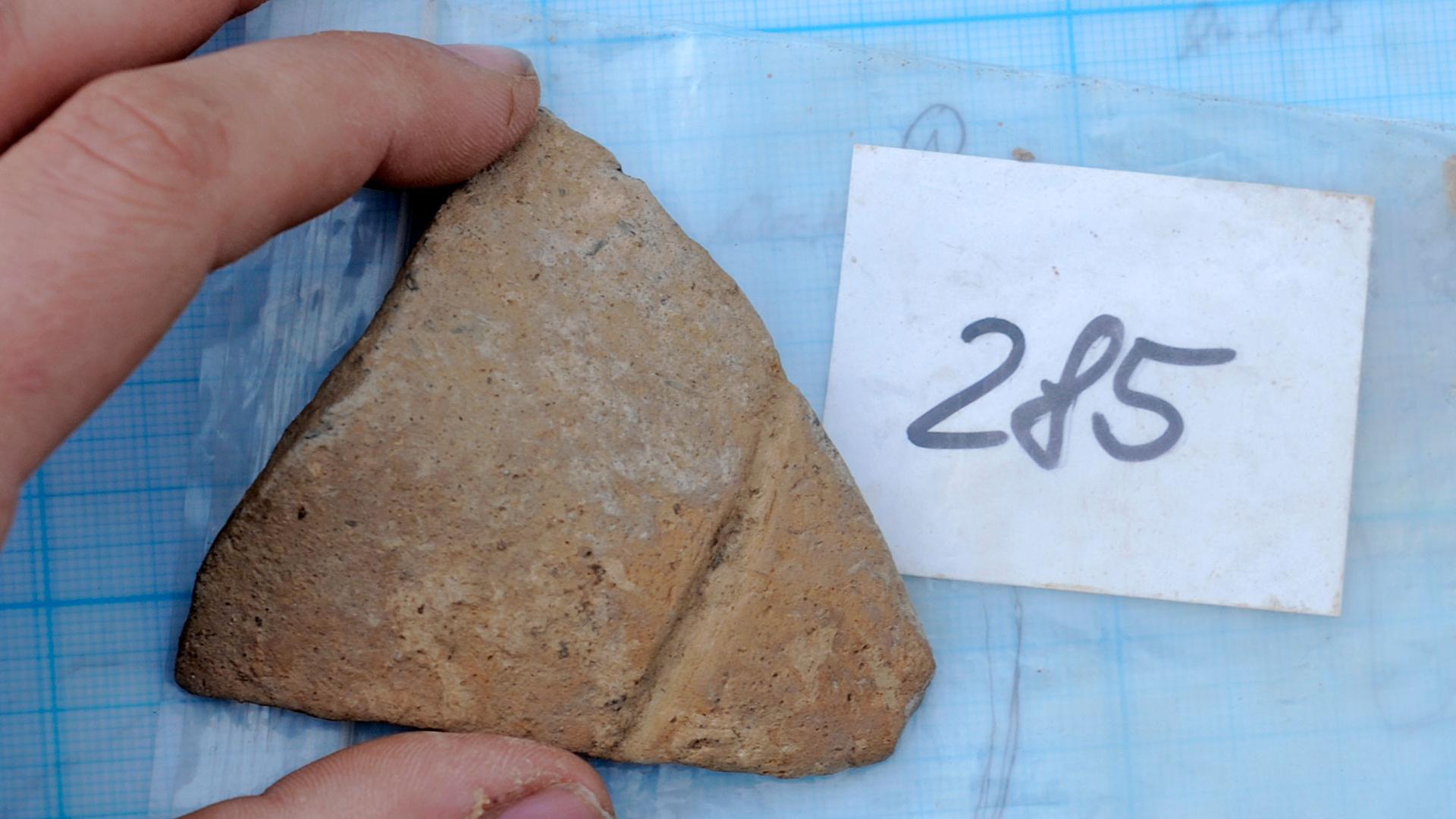States at dawn: Part I
This analysis was featured in Critical State, a weekly foreign policy newsletter from Inkstick Media. Subscribe here.
From what raw material conditions does the field of International Relations (IR) emerge? The first recorded histories cover states and statelets in existence. But cuneiform writing that emerged in Sumer and ancient Mesopotamia is downstream from state formation, and thus downstream from the existence of earlier IR.
In “Prehistorical International Relations: How, Why, What,” authors Iver B. Neumann and Håkon Glørstad make the case for international relations to look into prehistory, both to try and study the emergence of state systems and to see how well the tools of IR hold up when working with evidence based on material cultures.
Part of their interest concerns the genealogy of the field IR field. “[W]e want to know when the phenomena we study emerged, and how and why they changed,” the authors write.
To treat changed perceptions of time and space, especially linear time and land as possessed territory, the authors look to changes in the material evidence left by two different eras of people in prehistoric Europe. These are House Polity Proto-systems, dating from 9000-4500 BCE, which were followed by Segmentary Polity Proto-systems from 4500-2500 BCE.
“The house and its household is the major structuring element of these early polities, with the complexity of the house and of the layout of the village being solid indicators of the marked but low level of complexity of these polities,” the authors write. In this system, there was minimal trade with other groups, but the lack of large surpluses and a fairly universal profile of resources kept such trade small.
The second system analyzed is Segmentary Polity Proto-systems, which emerged after House-Polity Proto-systems collapsed under pressures, including disease. In Segmentary Polities, the important unit is not the household but the lineage, establishing relations that are linear in time and expansive, as new families and kin can be folded into lineages. Domesticated animal labor and better agricultural tools meant bigger surpluses could be stored and sustained. It also meant that polities could trade local abundance for distant resources not available close at hand, like flint, for better axes.
“At the end of the European Neolithic, then, the key preconditions for increased interaction between polities were in place: stable food production, long-distance transport, uneven distribution of key resources (flint),” the authors write. This shows up in the bones and tools recovered from the era.
“Conflicts are documented both as skeletal lesions from graves and as defense systems that bear the signs of attacks, especially in the latter part of the Neolithic. Special hand weapons also occur (battle axes and lances).”
While just an early foray into applying IR to prehistory, the study makes a real stab at showing how territory became seen not as a place where people are but as a place they and their ancestors claim. Solidified and enshrined in monumental ancestral tombs, this is a kind of historical memory held by a culture before written language. It reflects a way of living and thinking that was concerned with neighbors and outsiders, existing among and in tension with other similarly constructed formations.
Critical State is your weekly fix of foreign policy analysis from the staff at Inkstick Media. Subscribe here.
